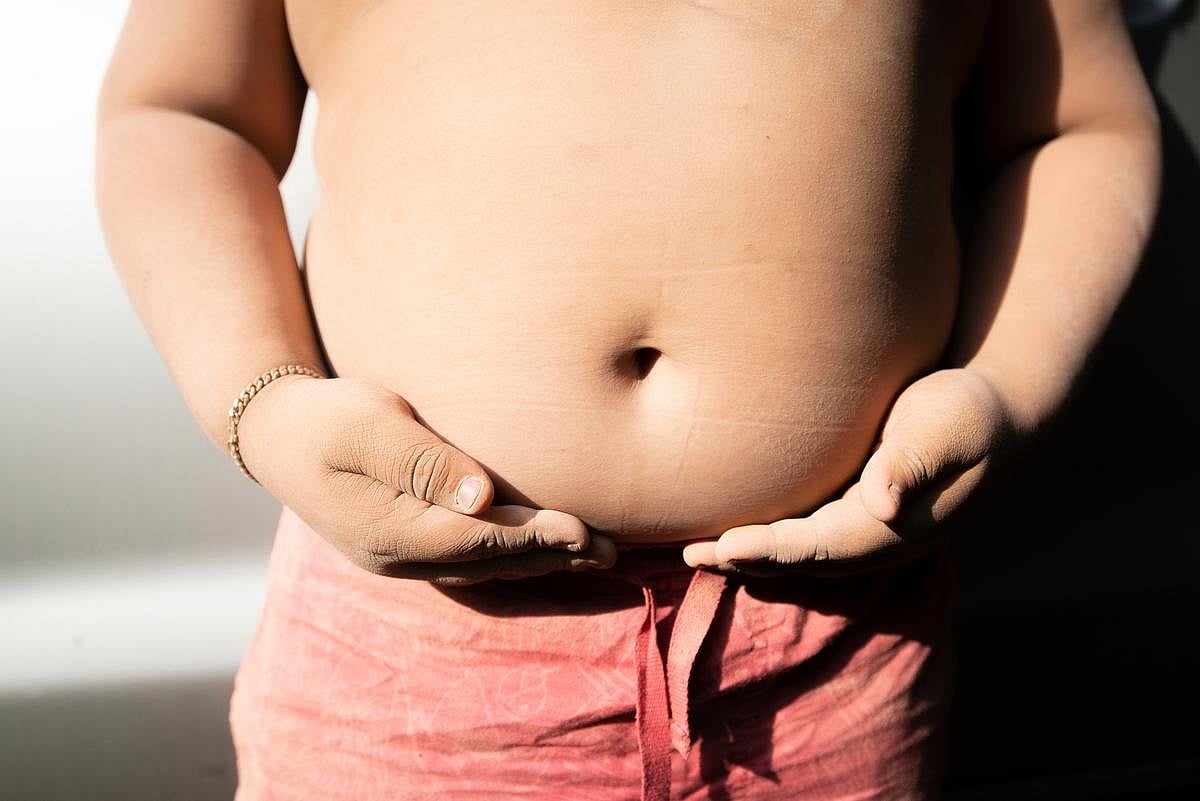Get Healthy!

- Dennis Thompson
- Posted May 28, 2025
Preschool BMI Can Predict Childhood Obesity Risk
Preschoolers who don’t naturally lose weight are more likely to develop full-fledged childhood obesity by age 9, a new study says.
Most kids tend to see their body-mass index (BMI) decline between ages 1 and 6, before starting to slowly gain weight as they grow, researchers reported recently in JAMA Network Open. (BMI is an estimate of body fat based on height and weight.)
But just under 11% of kids see their BMI remain the same between ages 1 and 3.5, researchers found. After that, from age 3.5 to 9, their weight rises rapidly.
Kids in that group were much more likely to develop childhood obesity, with an average BMI greater than 99% of their peers, researchers found.
“The fact that we can identify unusual BMI patterns as early as age 3.5 shows how critical early childhood is for preventing obesity,” lead researcher Chang Liu, an assistant professor of psychology at Washington State University, said in a news release.
Children with high BMI are more likely to carry their excess weight into adulthood, increasing their risk of chronic illnesses like diabetes and heart disease, researchers said in background notes.
For the study, researchers analyzed data on nearly 9,500 kids collected as part of the Environmental influences on Child Health Outcomes Program, an ongoing federally supported study of kids’ health that includes participants from 44 states and Puerto Rico.
Researchers used weight and height data to calculate kids’ BMI from ages 1 to 9, to see whether early weight trends might foretell future struggles with overweight or obesity.
The data showed that kids who don’t see their BMI decline between ages 1 and 6 have a greater risk of obesity.
This risk was associated with other early-life factors including high birth weight, smoking during pregnancy, and a mom with high BMI before or during pregnancy, researchers said.
“Our findings suggest there are important opportunities to reduce childhood obesity, such as helping pregnant women quit smoking and manage healthy weight gain, as well as closely monitoring children who show early signs of rapid weight gain,” Liu said.
More information
The U.S. Centers for Disease Control and Prevention has a child and teen BMI calculator.
SOURCE: Environmental influences on Child Health Outcomes, news release, May 22, 2025








